OFLUXO
Attilia Fattori Franchini interviews
Fabio Santacroce
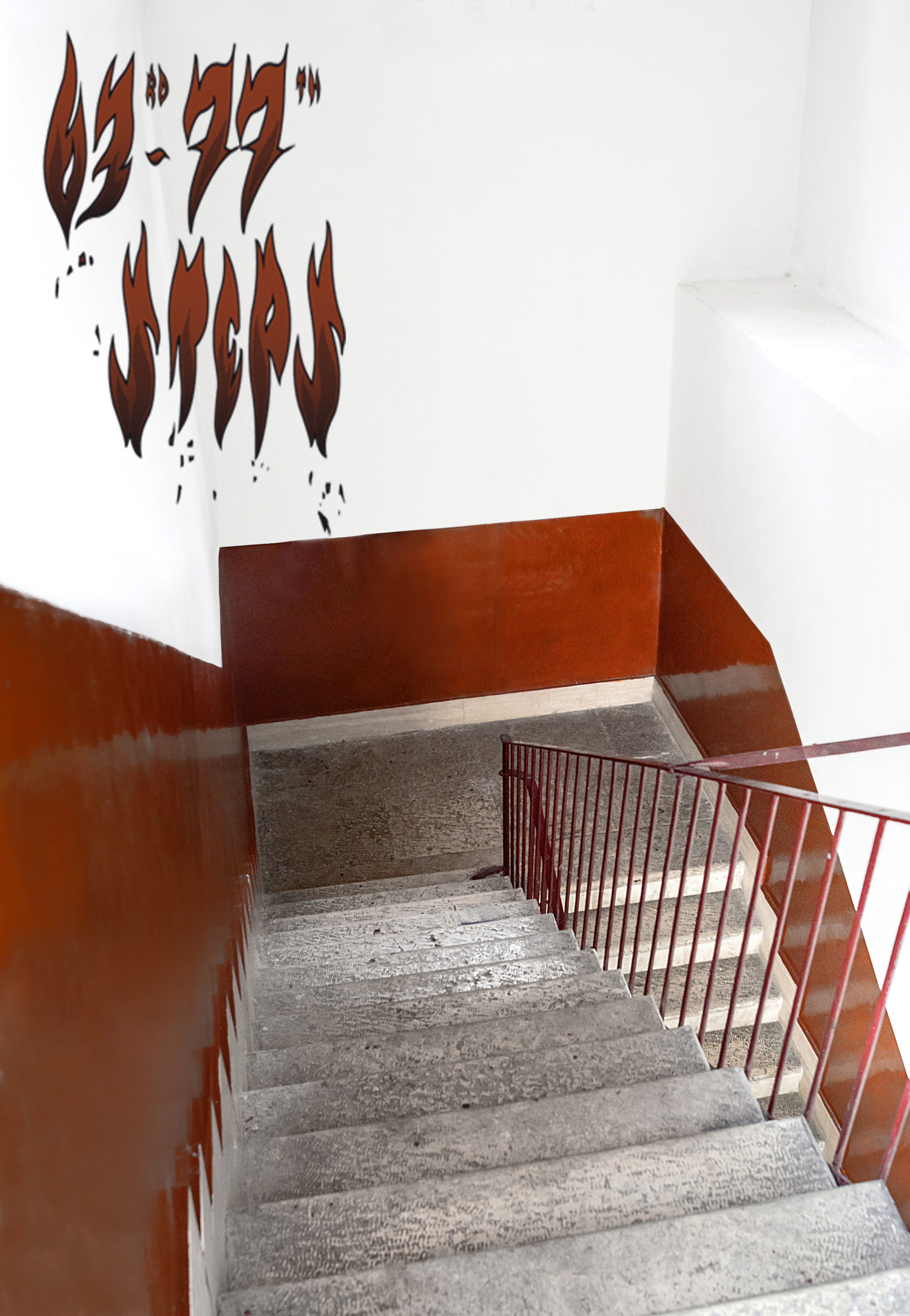
Fabio Santacroce is an Italian artist living and working in Bari.His latest research focuses on the exploration of distribution platforms and circulation methodologies, analysing visual relationships among online and offline contexts.
Since 2014, Santacroce has been running 63rd-77th STEPS, a hybrid entity hosting site-specific exhibitions, online and off-site projects in his hometown Bari.The name refers to the final part of a multi-floor staircase (the area between the 63rd and the 77th step) inside the building where the artist lives. The eclectic programme, launched in a public domestic environment in the provincial Southern Italian city, focuses on exchange and conversation using the digital experience as a vehicle for collective transformation.
AFF: How did you start the project 63rd-77th STEPS?
FS: 63rd-77th STEPS has been a sort of side effect to the isolation and to several failed attempts to set up artistic projects through institutions and other mediators. I was feeling the need to articulate my practice and turn it into a shared experience. This necessity took form specifically in the decentralized artistic area of my hometown Bari. The project’s format solicits the city’s most gritty and sub-cultural streak, while subverting every possibility of romantization.
63rd-77th STEPS investigates the limits and potentialities of the periphery, redefining its spatial and temporal framework within a hyper-connected, hegemonic geography.
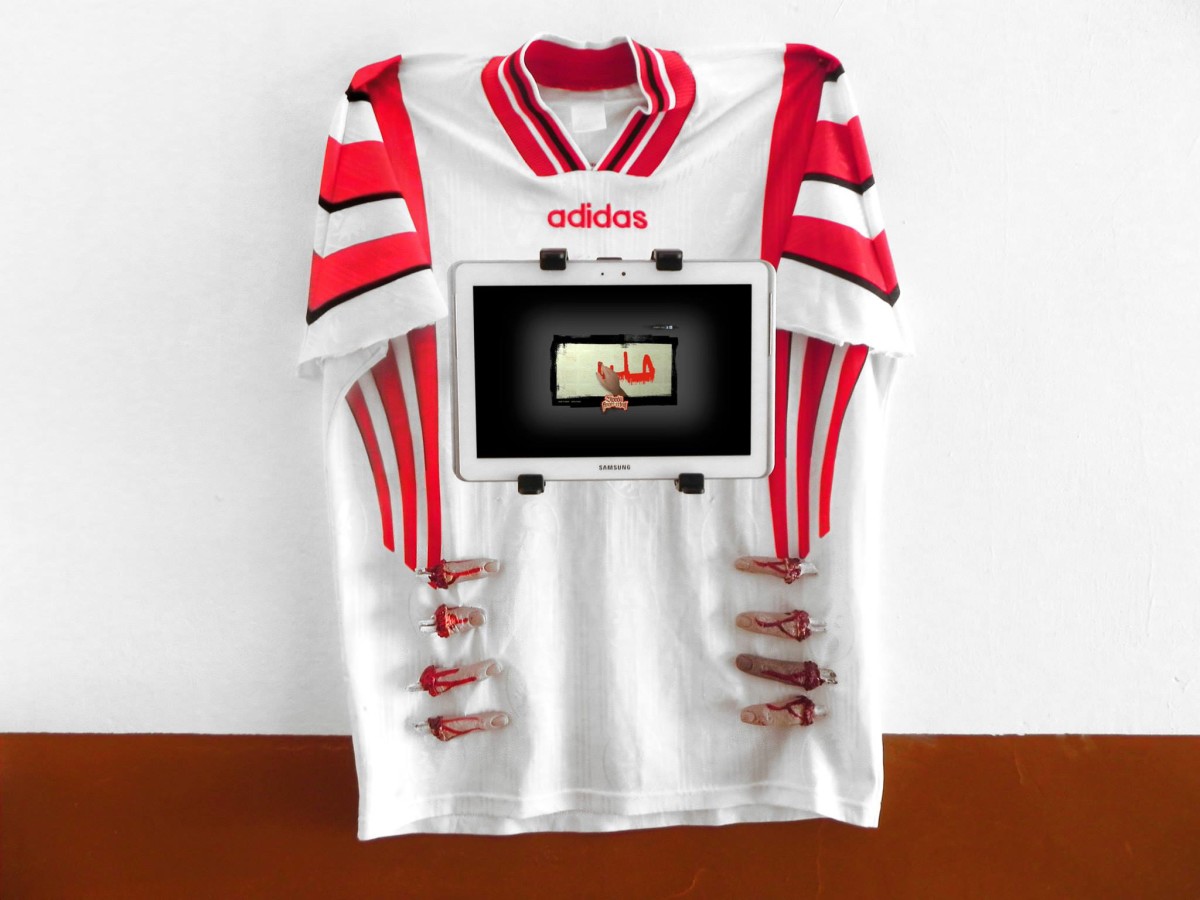
AFF: How did you choose the staircase of a building as site for art? In which way does it relate to your work as an artist?
FS: I’ve always wanted to turn this segment of staircase into a project space dedicated to contemporary art. Initially, I thought the strong domestic connotation of the space would prevail visually but the works placed created enough friction, the right mixture of rawness and poetry. This residual space, with all its limits and its working class ethos, was the perfect set to stage that exacerbated mood and obstinate adolescent excitement, which usually inform my work. Far from being just the umpteenth, odd art location, 63rd-77th STEPS is rather a tension, a reaction to the deceptions and paralysis that many people are forced to deal with.
AFF: The programme, has featured international artists and curators, expanding visually and critically in different directions. Its focus is a new cognitive capacity brought in visual discourse by the advent of digital technology mixed to an interest towards the local settings and the Southern Italy territory. Can you tell me more about it?
FS: I focused on the most recent pop/conceptual practices that investigate and re-configure our present in a curious way, stimulating transversal assimilations of the contemporary, at the same time activating a witty visual dialogue with this ordinary location placed in a popular neighbourhood. This specific environment, subtly imbued with discursive and visual potential, was somehow already linked to the practices of the artists involved and perfectly lent itself to a progressive redefinition of its marginality. The first part of the programme consisted of site-specific solo exhibitions, physically installed on this peculiar staircase, strongly characterised by a retro-vintage architecture and red-brown varnish. The new programme includes off-site and online projects, meant as an extension of the physical and symbolic space. I like to think of 63rd-77th STEPS, as a visual, cultural and critical stance rather than a confined, static place, whose physical and virtual dimension is constantly switching, as well as its artistic and curatorial approach.
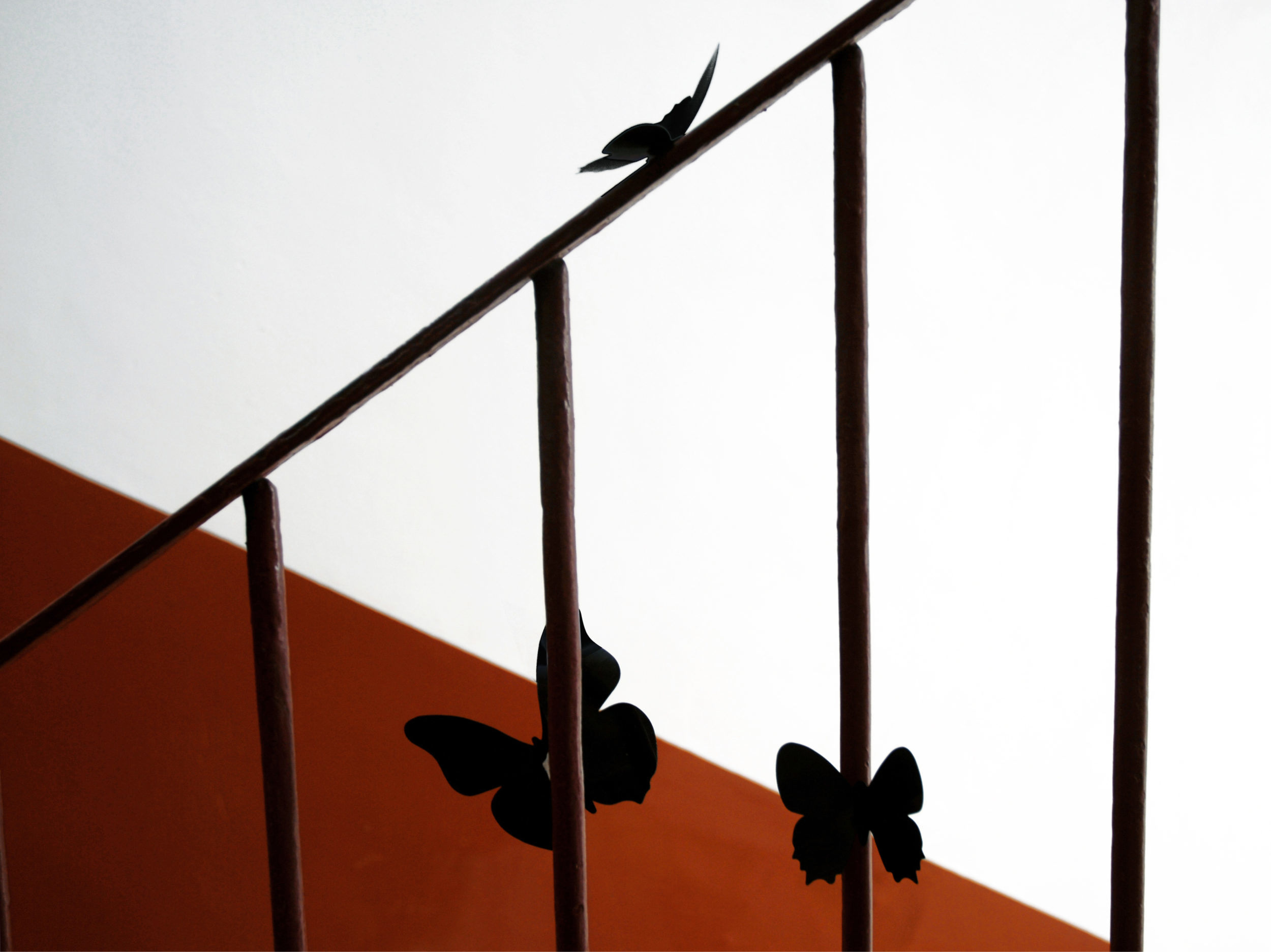
AFF: I am very interested in this multi-layered structure you mentioned, thinking of 63rd-77th STEPS as a project existing in different formats and directions. Do you see it as a necessity when operating in a decentralised location, or just a more interesting way to engage with certain artistic positions?
FS: It responds to needs and interests as well as linking to my artistic attitude – to deconstruct the spectacle and employ dilettantism and auto-sufficiency as a critical tool to engage with the discriminatory professionalization and elitism of the art. I operate across sculpture, installation, web art and curatorial practice. My research scrutinizes the politics of power structures, the cultural entertainment and the relationship between an official mainstream culture and its derivative subcultures.
The on-line and off-site activities emphasize and dematerialize the residuality of 63rd-77th STEPS. For the online section, the artists are invited to explore and experience the space at a distance, without any physical involvement. On the other hand, with the off-site programme, the staircase pours out into its urban surrounding and attunes itself to the institutional and other spaces around Bari and Internationally.
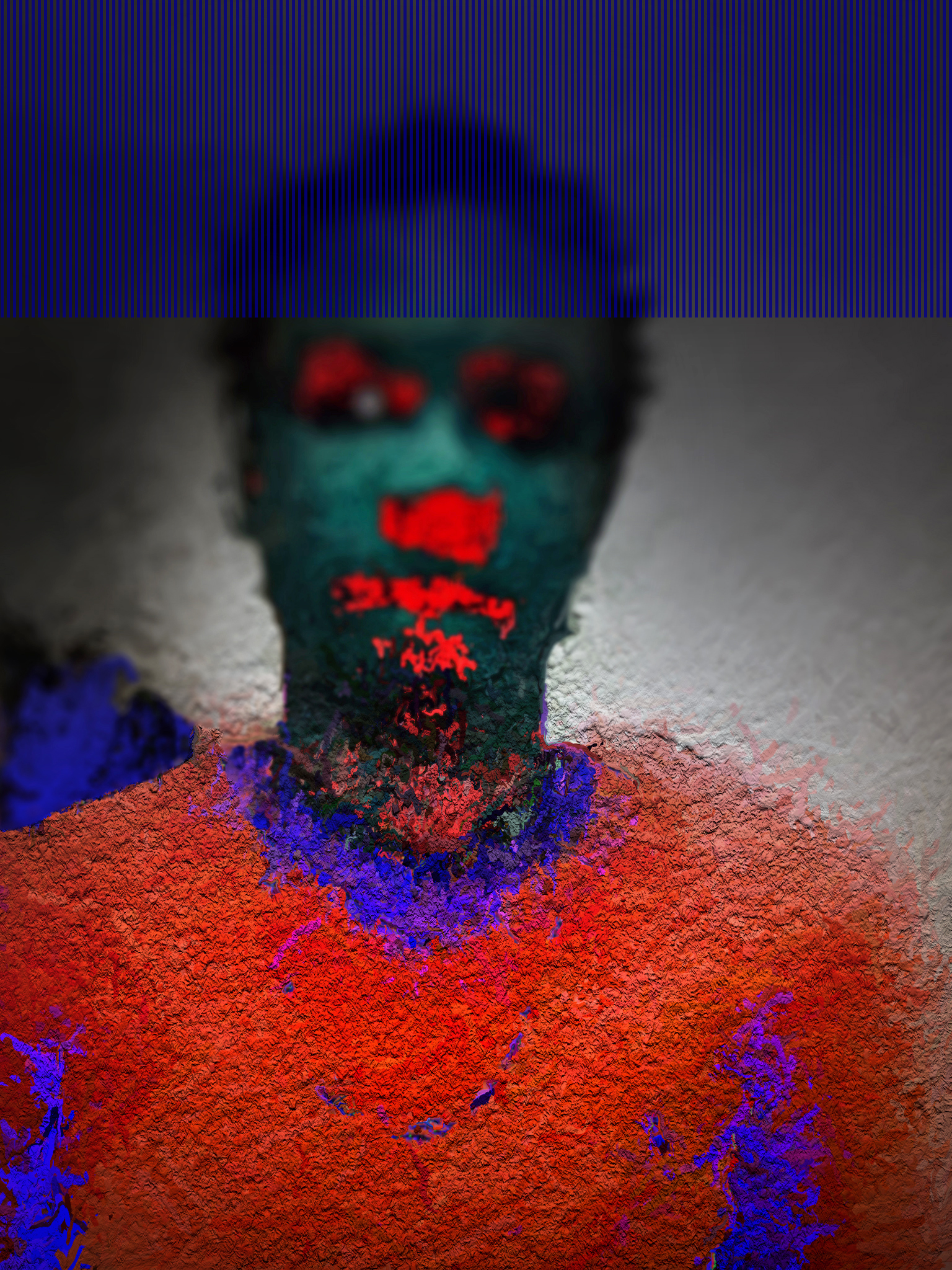
AFF: How the extra activities initiated? How they differentiated from your work with 63rd-77th STEPS?
FS: It started with AFA, a three-day group show installed in a dismantled bank office as part of a local urban festival aimed to reactivate abandoned sites downtown. Titled after a weakening, exhausting weather condition, the exhibition was deliberately exposed to the risk and naïveté of its provocative and appetizing location. This choice made sense in a period of thorny, hypertrophic and often-exploited neo-liberalism criticism.
Totally embracing its own goliardic impulse, the show was mainly conceived to tickle the recurring, controversial diatribe related to art and market whilst looking at the artist’s self-legitimation within this schizophrenic framework. Generally, I find interesting how political issues are scrutinized, reshaped and preserved from rhetoric and cultured entertainment, looking at how these opposite forces of attraction and repulsion are treated.
Marking 63rd-77th STEPS’ first year of activity, ALWAYS BRIAN (ti amo) was a group show installed in three contiguous spaces. The heart-breaking title cited graffiti in Corso Italia, a transit though perpetually solitary road that leads to Bari’s train station. The press release was written by assembling social media status, text messages, street writings and spoken conversations excerpts, mixed with personal notes and turned into a fractured, hyper textual poetry. The text evokes the area around the exhibition spaces (with the presence of the railway, the cinema, etc…) and draws on the same disillusionment and bitter mood of the works on display. The closing line singles out the so-called LIWC, a textual analysis software programme designed in 2007, to sift and analyse texts, detect linguistic dimensions and “emotional temperature” of the author. Some years ago, it was adopted by Facebook to analyse around 600,000 users’ textual posts for a controversial study on effects, manipulation and emotional contagion among users. Reading excerpts from this research, I wondered what results would have produced, if it had been employed for the images, which social networks are more congested with. The works in the show acted like fragments of an imaginative text, echoing the contamination and the symbolism of our digitized language. Some of them incorporated textual material, other where simply identified by eloquent titles.
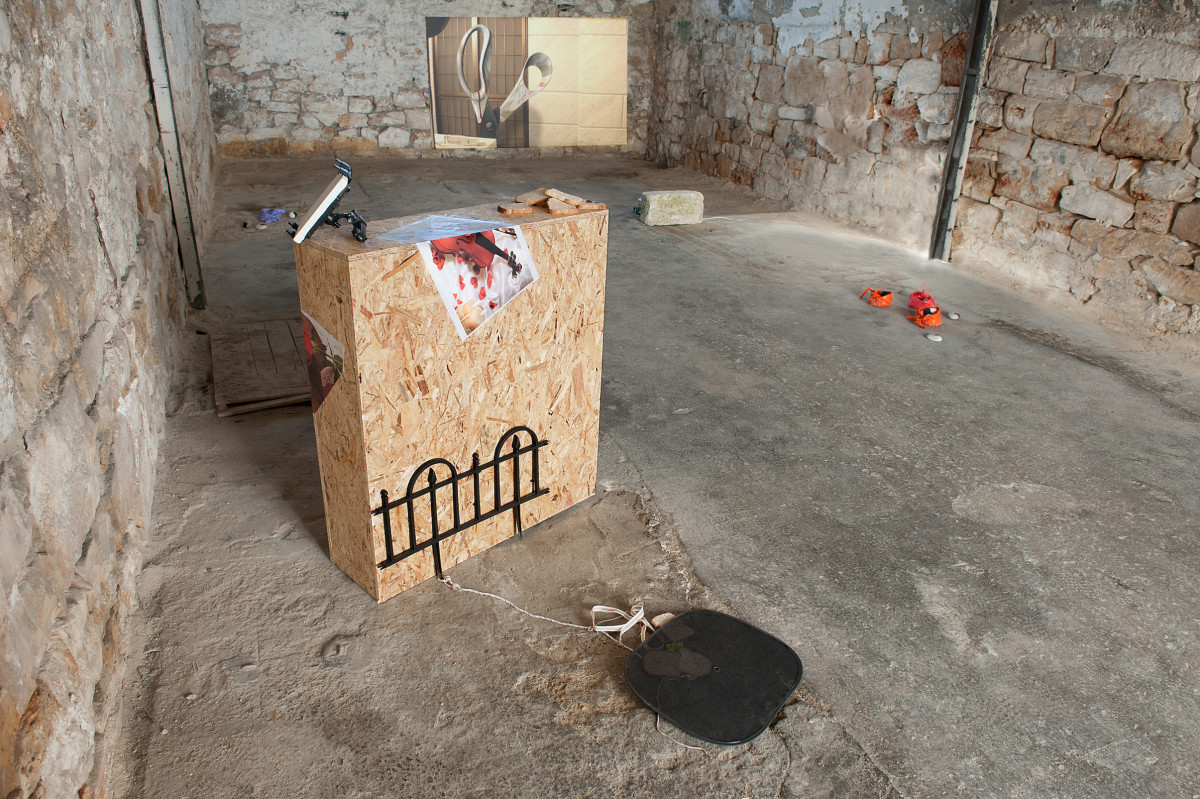
AFF: What has been the response of the city, how online and offline relate in this context?
FS: Beyond the physical audience that constantly follows and supports the activity, 63rd-77th STEPS has moulded an online local audience, which might sound paradoxical. Every physical exhibition is “instantly” transferred into the website, which is conceived more as a parallel fruition space than a mere documentary tool. I’ve pushed and insisted a lot on this simultaneous transposition as an active ground for visual and cognitive experience. This constitutes the main newness and challenge in the local artistic scene as it triggers, for the first time here, new processes of art production, distribution and fruition. It requires a certain effort to be fully understood and perceived as a proper exhibition format, alongside the pre-existing commercial and institutional venues.
AFF: How your building and the local neighbours engaged with the programme? What has changed since you started?
FS: The funniest part is related to my neighbours that generously allowed me to set up the project on our common staircase, inside this typical Southern Italian building. Although totally unaware of any contemporary art, they supported and enjoyed it, but are still waiting for me to hang up paintings to recognize it as a proper exhibition space. It’s been a mutual exchange, based on simple gestures that also let the necessity of caring for the common space to emerge. The neighbourhood is a special social dimension related to most of the Southern cities, especially in the popular districts; a necessary and maybe an inevitably forced resource that still preserves a human interaction based on generosity, support and sharing. In a system of ever-shifting hierarchies that is over-legitimized, self complacent and cynical, 63rd-77th STEPS remarks on the importance of shaping your own space of privilege and criticality.
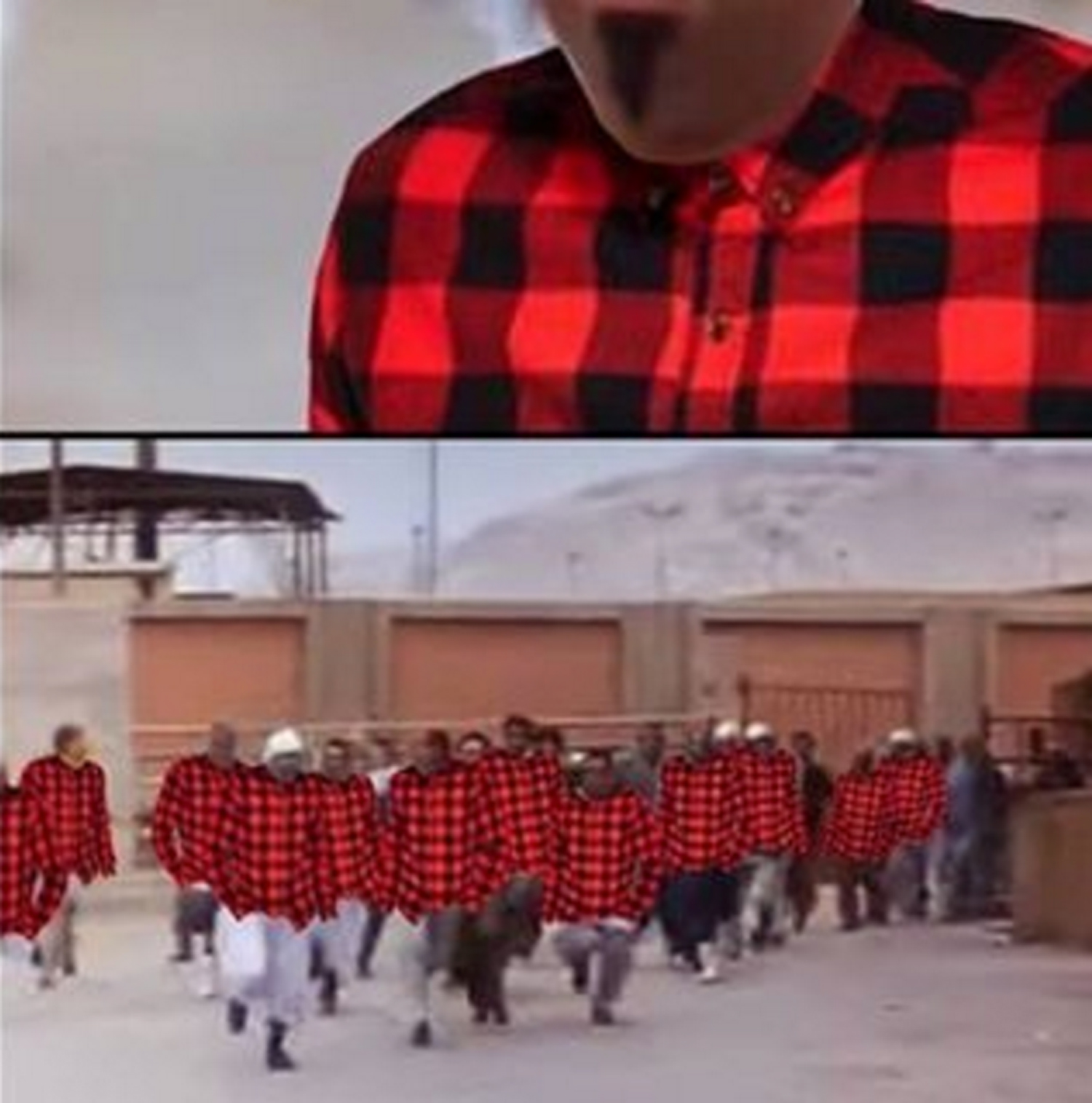
AFF: I perceive 63rd-77th STEPS as dealing with quite opposite elements, as local focus and international programme, domestic and exhibition space, online and offline, collectivity and individualism. Do you feel these elements as present?
63rd-77th STEPS owes its name from a precise spatial parameter confined to 15 steps, but acts fluidly and exposes its marginality to the service of an exponential investigation in which, physical and virtual, high and low, exhibitionism and intimacy flow into each other. It dwells in a traditional domestic environment where the art practice is economically unfeasible but wears an exuberant mainstream dress. It adheres to a hyper digitized world but refuses its glorification.
AFF: What are the main challenges you encountered with 63rd-77th STEPS?
FS: I would say the same difficulties and frenzies that are usually ascribed to Art, increased by the specific difficult national climate.
AFF: What its next aspirations?
FS: I’m working for the next off-site exhibition, evaluating different locations. As one of Bari main highlight, and since always, its most important resource, I’d like to do something by the sea, maybe using a seaside beach, the nearby pier or the fish-market.
OFLUXO is proudly powered by WordPress
